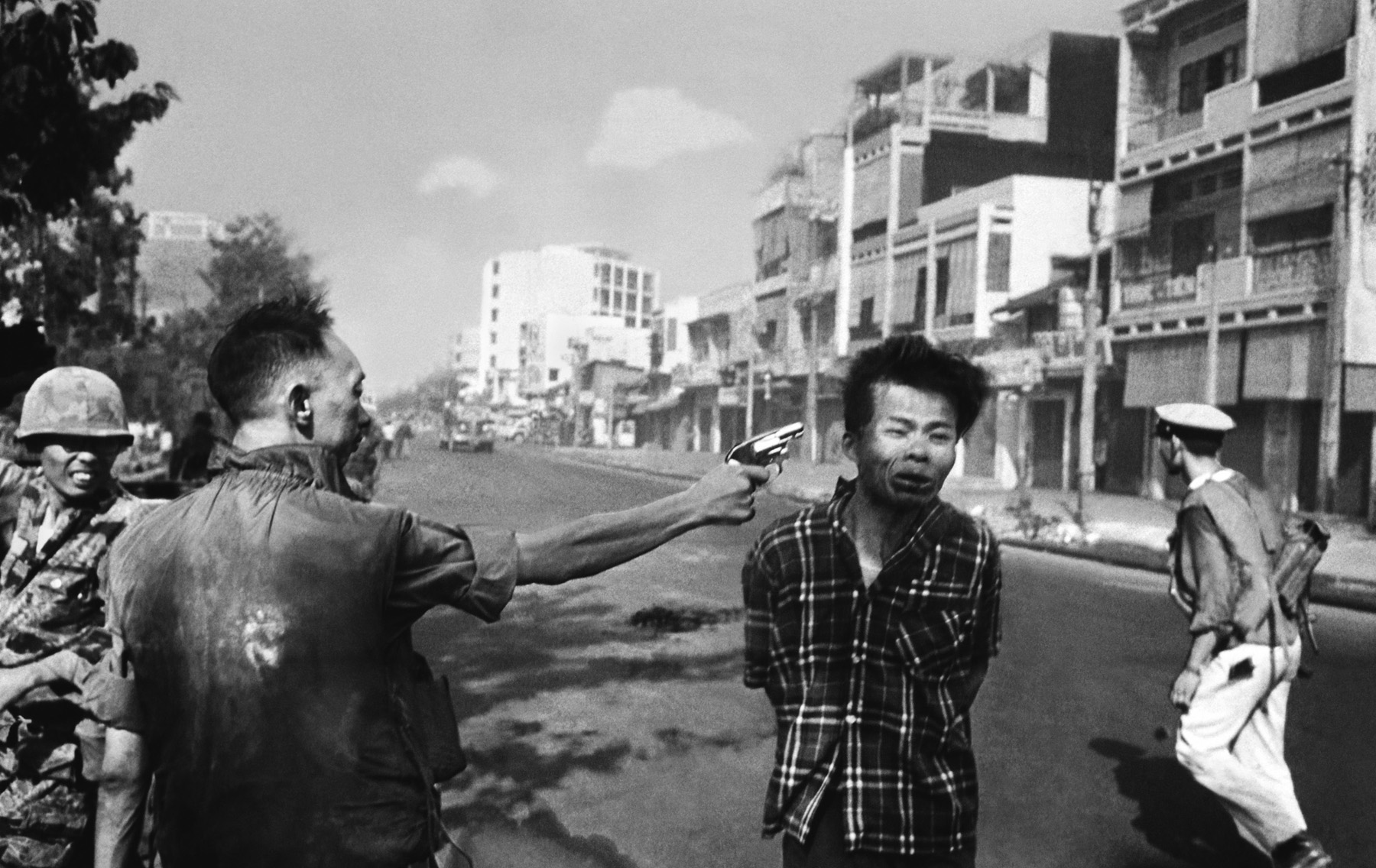Photo by Kevin Carter
Images can have an emotional impact on a person. An image that has affected me personally is the image of a marathon runner, Bill Iffrig, falling as a bomb exploded at the Boston Marathon. Three Boston police officers are behind the fallen marathon runner. This image gives me the chills. The background of the photograph displays smoke and chaos. There are people running around frantically. The Boston police officers seem calm in comparison to the scene around them. I think that this image truly displays the courage and compassion of police officers in the face of chaos. The marathon runner on the ground symbolizes the fragility of humans and that we are not invincible. Another part of this image that stands out to me is the flags in the background. There were flags from many different countries that were waving while the tragedy was occurring. The flags exemplify unity during hard times. This photograph has affected me personally for two reasons. First, I am from Massachusetts. The bombing felt like a direct attack. Other acts of terrorism that happen across the United States do not feel as personal because they happen in someone else's backyard. Another reason this photograph affected me personally is because my best friend, Emily, was at the Boston Marathon during the time of the attack. The day of the attack I was at the mall and received a text from my best friend saying “there was just a bomb at the marathon, we are running”. At this point, I was extremely scared and tried to call my best friend to make sure that she was okay. After about 20 minutes, Emily texted me and told me everything that was going on. She was directly where the bomb was 5 minutes before it went off. She walked away from the area to grab something to eat with her friends. It was a very scary moment and I did not know what to do in that situation. I am very thankful that nothing happened to her. This photograph personally impacted me because someone I know was involved and I feel like I was connected with the event.
Photo by John Tlumacki
Photo by Eddie Adams
Another topic regarding censorship and control of information is citizen journalism. If a photograph can make an impact, it should not be hidden from the public. There has been an increase of large corporations buying out independently owned businesses. These large corporations can censor any material that they do not want to be published. In an article on Business Insider, the author states that six corporations control 90% of the media, which gives people an illusion of choice. All of the information is being censored and controlled by the same companies. As Professor Nordell stated in his video, the larger companies buying out the smaller companies and that can, "constrict the flow of information that the large corporations may not want certain items covered in their newspapers or on their television stations". This gives people an illusion that the information they receive is the full story, when in fact it is not what is truly happening. However, citizen journalists have increased and these people attempt to share the truth that large corporations fail to mention. Citizen journalists are extremely important. These people bring the other side of the story to the public. After the shooting of Michael Brown in Ferguson, Missouri, there was an increase in citizen journalists. There were a lot of rumors flying around social media websites and by word of mouth. However, the images and videos captured by citizen journalists gave insight to what was really happening in Ferguson, Missouri. I think that images can truly impact a person, but these images cannot be censored. The public needs to see exactly what is happening no matter how harsh the photograph is. Citizen journalists allow the power to be evened out between large companies and the citizens.


No comments:
Post a Comment